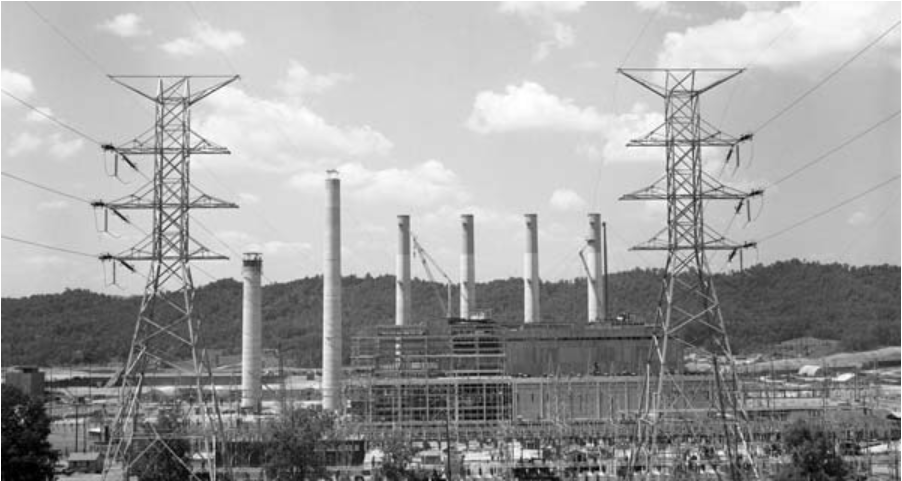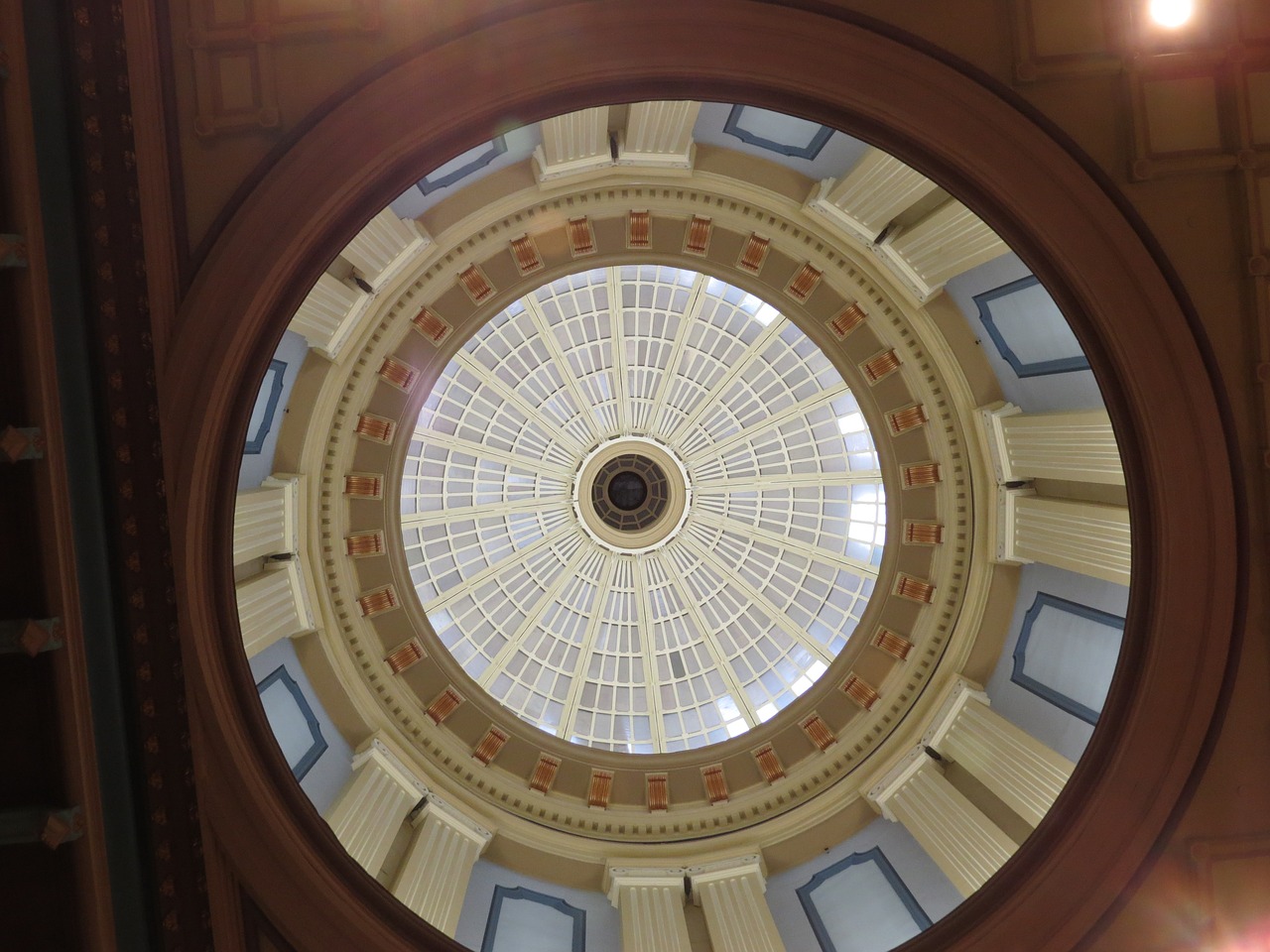By Frank Andorka, Senior Correspondent
What Happened:The Tennessee Valley Authority (TVA), in an action that seems antithetical to its entire mission, imposed a grid-access fee on its customers, aimed specifically at solar users because of the zombie lie of the cost-shift.

The TVA USED to be about electricity for all. Now it’s about “electricity, but we’re going to charge you a random grid-access fee for it.”
SolarWakeup’s View: This flippin’ zombie lie is back again, this week popping its head up from the depths of hell in the Tennessee Valley.
The Tennessee Valley Authority (TVA), for those who don’t know, was established as part of President Franklin Roosevelt’s New Deal program, in part to bring electricity to rural areas of seven states. These areas weren’t served before because it was considered too expensive for traditional utilities to string wires to many of these areas off the beaten path.
It revolutionized the United States and gave rise the New South. But now, the TVA is relying on the zombie lie of the “cost shift” to penalize anyone on their grid that wants to install solar with a usurious “grid-access fee.”
TVA President Bill Johnson gave away the game when he started talking about how “more able” people are able to afford self-generation technologies like solar. As the Chattanooga Times Free Press quotes Johnson:
“Some consumers, particularly the more able ones, can invest some solar panels or other resources, but they still rely on the valley-wide transmission system for backup power,” Johnson said. “The result is how we bill for electricity can be out of sync with the actual costs of getting electricity to some consumers.”
How many times do we have to kill this damn lie about how solar consumers supposedly “shift” costs on to non-solar users? (Forever, Frank, you idiot – that’s the whole point of zombies…..)
The argument goes like this: Retail-rate net metering, a program under which solar customers are reimbursed for the excess electricity they produce, pushes extra costs on to non-solar customers because solar customers aren’t paying for grid upkeep.
What the utilities don’t want you to notice, of course, is that solar customers also relieve congestion on the grid during peak production times, which saves strain on the transmission and distribution lines. So while they may not be paying for upkeep directly, solar production saves wear and tear, which ultimately saves the utility money in the form of repair costs.
You’re welcome.
I should note here that while there is a minor cost-shift, a study by the Lawrence Berkeley National Laboratory indicates the shift only happens when a state passes the 10% mark for solar-electricity generation. And I should also note that even at more than 10%, the shift is so small you’d need the Berkeley Lab’s $27 million electron microscope to see it.
As it always is, this maneuver is nothing more than a power and money grab by a rapacious utility – and it looks like the zombie lie going to succeed (again) in eating into the savings solar consumers should have from installing their systems.
More:
TVA adopting grid access fee in move to impose more fixed costs on power bills



